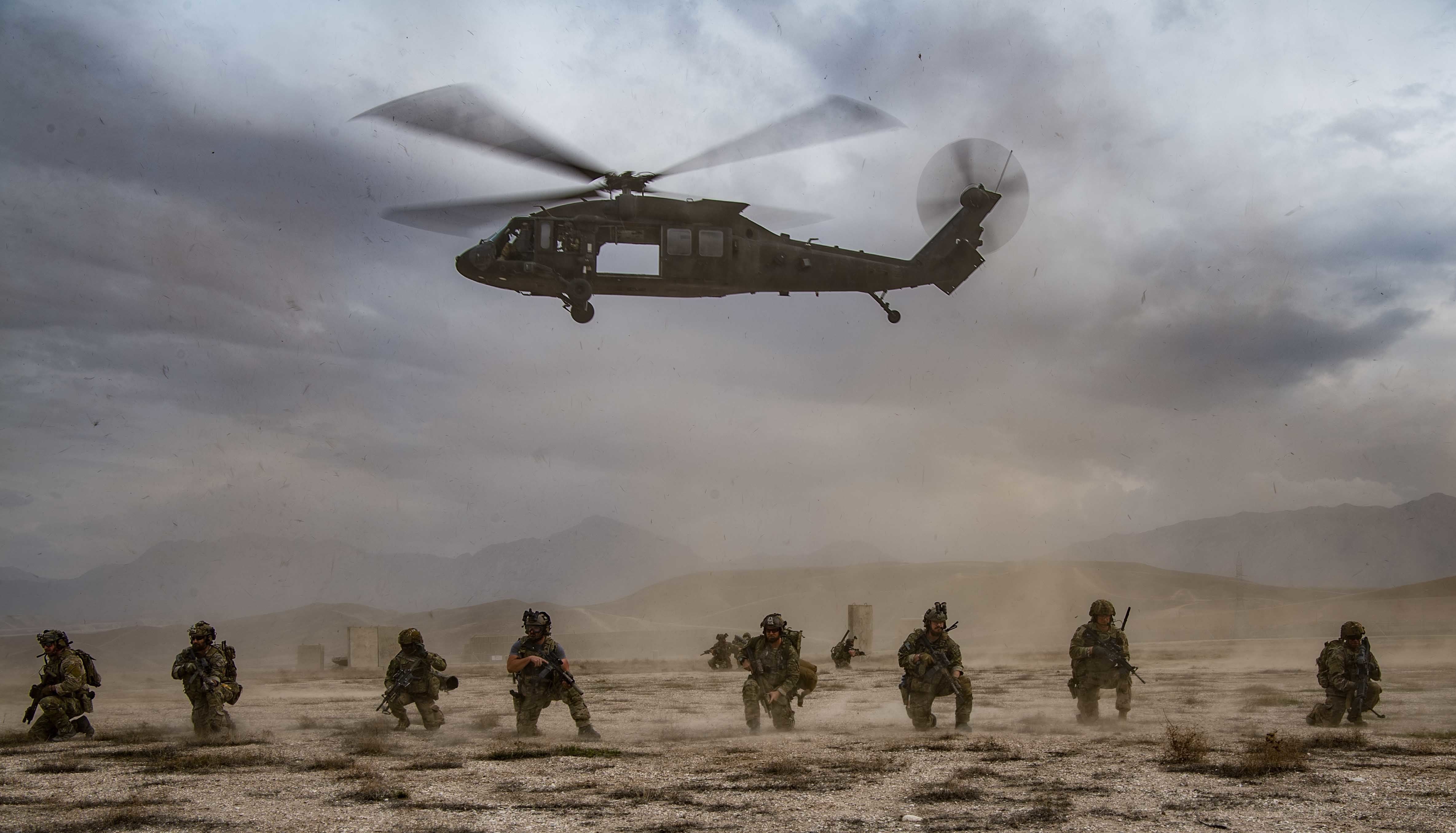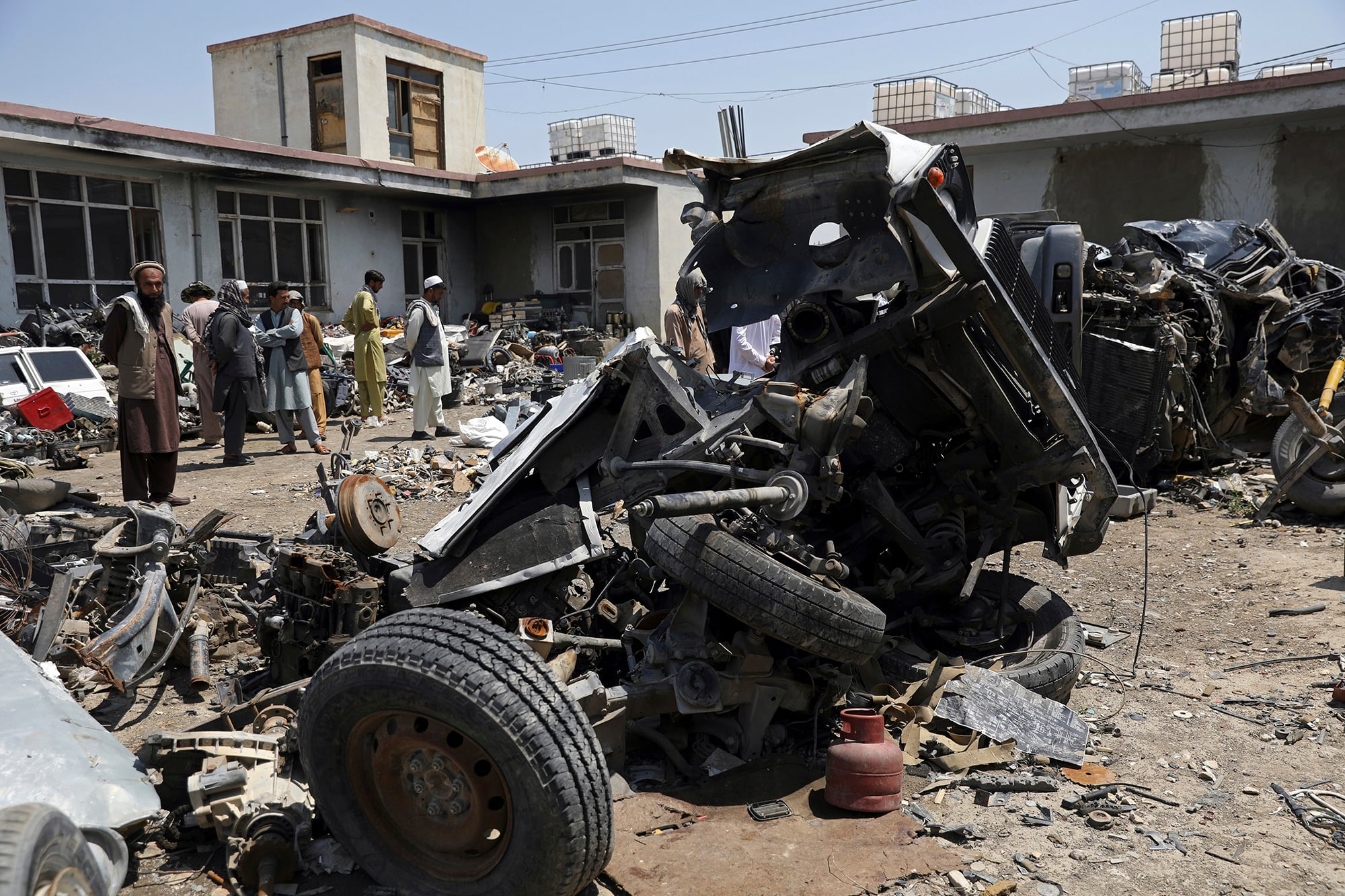U.S. military equipment could end up in the hands of Taliban fighters and terrorist groups as American troops withdraw thousands of vehicles, weapons and other military items from Afghanistan in coming months, Defense Department officials acknowledged on Thursday.
But military planners said they are using the time left until the pullout is completed to minimize that threat, while doing as much as they can to leave Afghan partners with tools to continue the fight.
“We will be transferring facilities, some vehicles and other equipment that the Afghan national defense forces can utilize in their ongoing efforts to secure the country,” Brig Gen. Matthew Trollinger, deputy director of politico-military affairs for the Joint Staff, told Senate lawmakers during a hearing on Afghanistan.
“We will be retrograding equipment that we’re able to bring back to bases and stations in the continental United States as well as elsewhere, and then we’ll be disposing of equipment that essentially is either obsolete, inoperable or legally we’re not able to transfer to Afghanistan.”
RELATED

But when pressed for a guarantee that enemy fighters in the region won’t steal some of that abandoned and gifted equipment, Trollinger said “there aren’t any guarantees.”
The comments came amid concerns from a number of Senate Armed Services Committee members who questioned the security state of Afghanistan after the United States ends its nearly 20-year military presence in the country later this fall.
Earlier this week, officials from U.S. Central Command said the drawdown is between 13 percent and 20 percent completed already. They have not released specifics on troop total or equipment moves.
Lawmakers have voiced concerns about the lack of detail on what comes after the withdrawal, including the fate of Afghan interpreters being left behind, the ability of the U.S. military to conduct counter-terrorism missions in the region, and the potential of American assets being used against allies in the future.
Defense officials came under heavy scrutiny in the years after the withdrawal of troops from Iraq for U.S. vehicles and weapons which ended up in the hands of Islamic State militants fighting in the Middle East.
David Helvey, acting assistant secretary of defense for Indo-Pacific affairs, said with this withdrawal, military leaders are working closely to try and prevent similar logistics breakdowns with the Afghan security forces.
RELATED

“We’re going to continue to maintain contact with our partners to determine what we can from outside the country, and maintain good situational awareness of their current capabilities,” he said. “And we’re looking at any areas where they may be challenged and we may be able to help them.”
But he acknowledged that “corruption is a problem in Afghanistan” and that securing any functional equipment left behind will be a challenge.
As of 2014, when there were about 10,000 U.S. troops stationed in Afghanistan, American military forces boasted about $36 billion worth of equipment in country. When President Joe Biden announced plans for the full withdrawal of troops in May, about 2,500 troops were stationed there.
Leo covers Congress, Veterans Affairs and the White House for Military Times. He has covered Washington, D.C. since 2004, focusing on military personnel and veterans policies. His work has earned numerous honors, including a 2009 Polk award, a 2010 National Headliner Award, the IAVA Leadership in Journalism award and the VFW News Media award.





